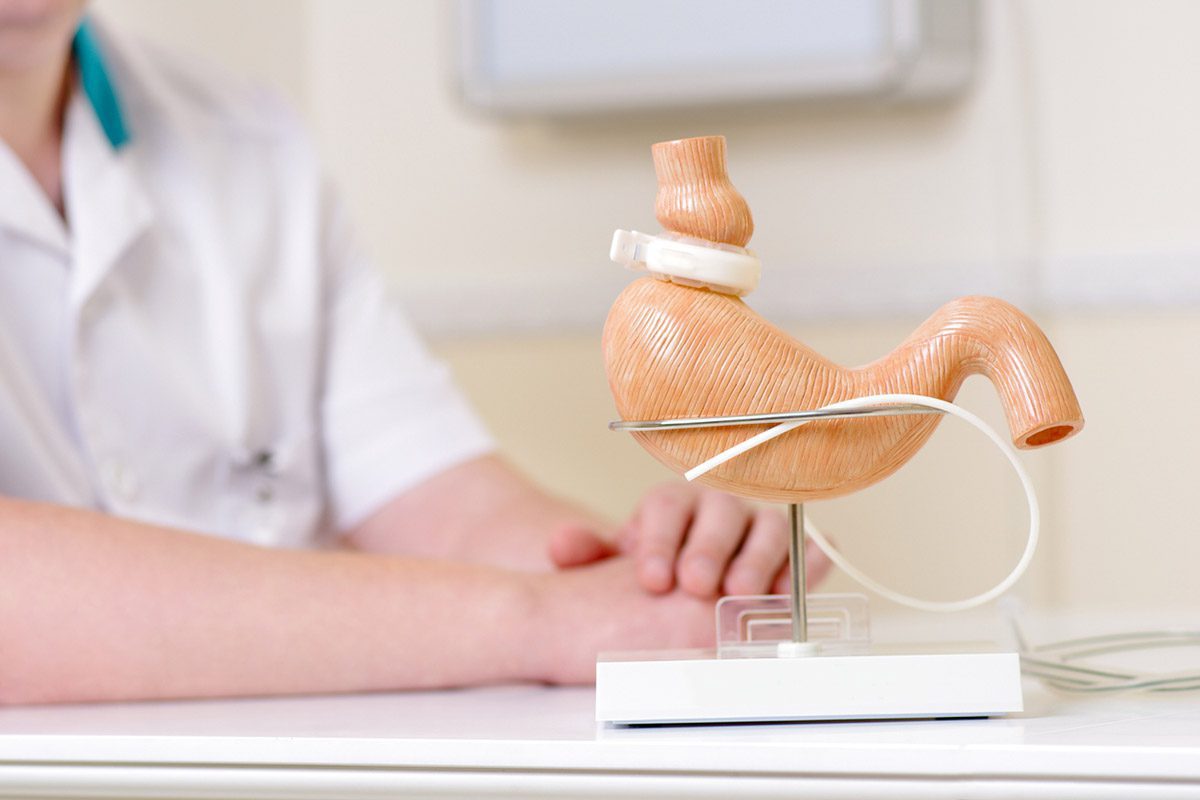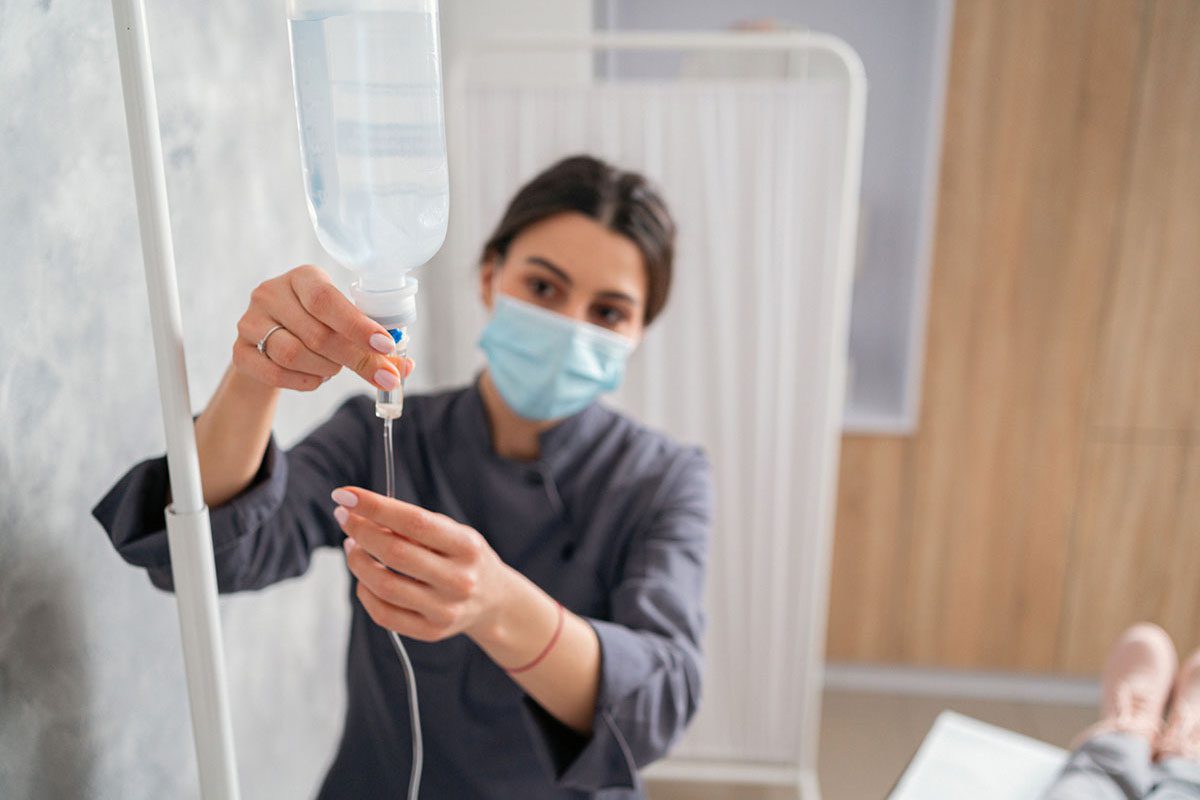Serotonin Syndrome in a Sertraline-Treated Man Taking NyQuil Containing Dextromethorphan for Cold
To the Editor: Serotonin syndrome is defined as a clinical triad of autonomic hyperactivity, mental status changes, and neuromuscular changes, though the presentation could be very varied.1,2 We present the case of a man receiving sertraline for depression who developed serotonin syndrome after taking the over-the-counter medication NyQuil for treatment of cold symptoms.
Case report. Mr A, a 46-year-old thinly built man, had received sertraline 100 mg/d for depression for 2 years. His medical history was significant for diabetes mellitus, for which he was being treated with metformin 500 mg twice daily; hypothyroidism, for which he was receiving levothyroxine 100 μg; and chronic low back pain, for which he was not taking medication. After he developed cough, congestion, and insomnia, he called his primary care physician for an appointment. The physician’s office recommended his taking over-the-counter (OTC) medications for congestion until he was to be seen the following day. Thus, he started taking OTC NyQuil containing dextromethorphan; in 1 night, he drank 240 mL of the liquid.
The next day, Mr A presented to the emergency department with confusion, shivering, agitation, fever, diaphoresis, stupor, hyperreflexia, and diarrhea. Examination found tachycardia with pulse of 110 bpm, blood pressure of 155/89 mm Hg, tachypnea (24 breaths/min), and hyperthermia (39.0°C). Mydriasis and hyperactive bowel sounds were appreciated. Neurologic examination was positive for hyperreflexia (which was greater in the lower than in the upper extremities), tremor, and rigidity. S1 and S2 heart sounds showed no abnormalities, and breath sounds were clear on auscultation bilaterally. His laboratory test results were mostly within normal limits except for findings of metabolic acidosis and increased blood urea nitrogen/creatinine levels. White blood cell (WBC) count was 9,000/μL . Urine drug screen was negative for any illicit substances. No alcohol was detected in blood. Head computed tomographic scan and a chest x-ray revealed no abnormalities. A diagnosis of serotonin syndrome was suspected on the basis of the clinical picture. The patient met Sternbach criteria for serotonin syndrome3; Sternbach criteria were used as there was addition of a serotonergic agent the night before. He was admitted to the intensive care unit, at which time his sertraline was discontinued. The psychiatry department was consulted, and pertinent history regarding the use of dextromethorphan was elicited. Mr A improved with administration of diazepam 1 mg every 4 hours as needed and intravenous fluids. Symptoms resolved within 2 days, and the patient was later discharged. His sertraline was discontinued and was replaced with mirtazapine.
In patients with serotonin syndrome, autonomic symptoms may range from fever, hyperthermia, and diaphoresis to tachycardia, tachypnea, flushing, diarrhea, hypertension, and dyspnea. Mental status changes may include confusion and coma when serotonin syndrome is severe and anxiety, agitation, restlessness, and insomnia when it is less severe. Neuromuscular symptoms may include clonus, hypertonia, tremor, shivering, and hyperreflexia.1,2 Medications that could be associated with serotonin syndrome include selective serotonin reuptake inhibitors (SSRIs), serotonin-norepinephrine reuptake inhibitors, tricyclic antidepressants, and monoamine oxidase inhibitors; analgesics such as fentanyl, methadone, and tramadol; antiemetics such as ondansetron and metoclopramide; triptans; herbal supplements such as St. John’s wort and ginseng; illicit drugs such as cocaine, ecstasy, and LSD; and over-the-counter medications such as dextromethorphan.1,2
Differentiation should also be made from other syndromes such as the neuroleptic malignant syndrome (NMS), anticholinergic poisoning, and malignant hyperthermia. Neuroleptic malignant syndrome, which is caused by excess of dopamine, starts with muscular rigidity followed by hyperthermia. Bradykinesia is prominent in NMS, whereas serotonin syndrome consists of hyperkinesias. In NMS, symptoms develop over days, whereas in serotonin syndrome, the onset and resolution of symptoms occur within hours.1 Diagnosis can be made by Sternbach criteria3 or Hunter criteria.4 Sternbach criteria consist of the following: recent addition of a serotonergic agent; no addition of a neuroleptic agent; absence of other etiologies (infection, substance abuse, withdrawal); and 3 or more symptoms including autonomic symptoms, mental status changes, and neuromuscular symptoms.3 Hunter criteria comprise the presence of a serotonergic agent and any one symptom including spontaneous clonus, inducible clonus with agitation and diaphoresis, ocular clonus and agitation or diaphoresis, ocular clonus or inducible clonus, tremor and hyperreflexia, and hyperthermia and hypertonia and ocular/inducible clonus.4
Dextromethorphan is a moderate serotonin reuptake inhibitor.5-7 Dextromethorphan also promotes serotonin release.7 In addition, N-methyl-d-aspartate receptor antagonism by dextromethorphan is associated with postsynaptic 5-HT2A stimulation.7 Dextromethorphan is metabolized by the cytochrome P450 (CYP) 2D6 pathway.8 Sertraline, an SSRI, is a moderate inhibitor of the CYP2D6 pathway.9 Hence, sertraline can increase levels of dextromethorphan and cause increased serotonin when the 2 agents are used concomitantly.
Patients taking SSRIs should be warned about the increased chances of serotonin syndrome when also taking over-the-counter medications containing dextromethorphan. Once recognized, serotonin syndrome should be aggressively treated and offending agents should be removed.
References
1. Boyer EW, Shannon M. The serotonin syndrome. N Engl J Med. 2005;352(11):1112-1120. PubMed doi:10.1056/NEJMra041867
2. Martin TG. Serotonin syndrome. Ann Emerg Med. 1996;28(5):520-526. PubMed doi:10.1016/S0196-0644(96)70116-6
3. Sternbach H. The serotonin syndrome. Am J Psychiatry. 1991;148(6):705-713. PubMed
4. Dunkley EJ, Isbister GK, Sibbritt D, et al. The Hunter serotonin toxicity criteria: simple and accurate diagnostic decision rules for serotonin toxicity. QJM. 2003;96(9):635-642. PubMed doi:10.1093/qjmed/hcg109
5. Schwartz AR, Pizon AF, Brooks DE. Dextromethorphan-induced serotonin syndrome. Clin Toxicol (Phila). 2008;46(8):771-773. PubMed doi:10.1080/15563650701668625
6. Ganetsky M, Babu KM, Boyer EW. Serotonin syndrome in dextromethorphan ingestion responsive to propofol therapy. Pediatr Emerg Care. 2007;23(11):829-831. PubMed doi:10.1097/PEC.0b013e31815a0667
7. Monte AA, Chuang R, Bodmer M. Dextromethorphan, chlorphenamine and serotonin toxicity: case report and systematic literature review. Br J Clin Pharmacol. 2010;70(6):794-798. PubMed doi:10.1111/j.1365-2125.2010.03747.x
8. Matin N, Kurani A, Kennedy CA, et al. Dextromethorphan-induced near-fatal suicide attempt in a slow metabolizer at cytochrome P450 2D6. Am J Geriatr Pharmacother. 2007;5(2):162-165. PubMed doi:10.1016/j.amjopharm.2007.05.001
9. Sproule BA, Otton SV, Cheung SW, et al. CYP2D6 inhibition in patients treated with sertraline. J Clin Psychopharmacol. 1997;17(2):102-106. PubMed
Author affiliations: Department of Addiction Psychiatry, Yale School of Medicine, New Haven, Connecticut (Dr Sethi); and Department of Psychiatry, Carilion Clinic-Virginia Tech Carilion School of Medicine, Roanoke (Drs Kablinger and Kavuru).
Potential conflicts of interest: None reported.
Funding/support: None reported.
Published online: December 27, 2012.
Prim Care Companion CNS Disord 2012;14(6):doi:10.4088/PCC.12l01388
© Copyright 2012 Physicians Postgraduate Press, Inc.





